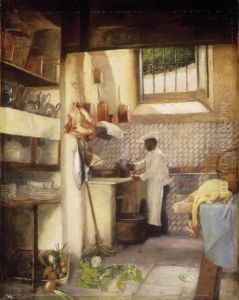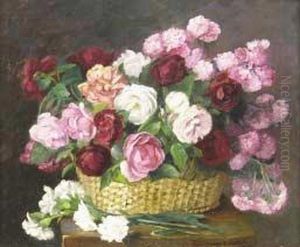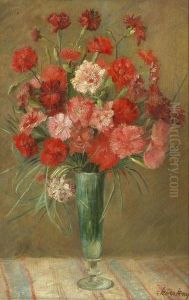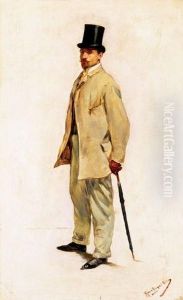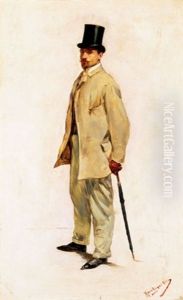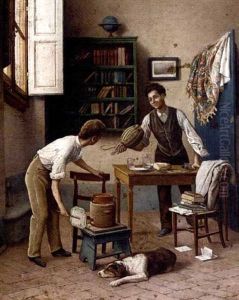Otto Koroknyai Paintings
Otto Koroknyai was a Hungarian painter known for his contribution to Hungarian art in the early to mid-20th century. Born on July 29, 1889, in Szód, which was then part of the Austro-Hungarian Empire, Koroknyai showed an early interest in art. His talent was recognized and nurtured, and he went on to study at various reputable institutions, including the Hungarian University of Fine Arts in Budapest, where he honed his skills under the tutelage of renowned artists.
Koroknyai's work was primarily influenced by the Post-Impressionist movement, and he was particularly known for his landscapes and still lifes, although he also painted portraits and genre scenes. His style was characterized by a bold use of color and expressive brushwork, which reflected the modernist trends of the time. Koroknyai often depicted scenes from Hungarian rural life, showing a deep connection to his homeland and its cultural heritage.
Throughout his career, Koroknyai participated in numerous exhibitions both in Hungary and abroad, gaining recognition for his artistic contributions. He was a contemporary of other Hungarian artists who were also exploring modernist trends, and his work is often considered within the context of Hungarian National Romanticism, which sought to express national identity through art.
Otto Koroknyai's legacy is preserved in the collections of several Hungarian museums, and his paintings continue to be appreciated for their vibrant energy and depiction of Hungarian landscapes and life. He passed away on October 4, 1978, leaving behind a body of work that continues to be celebrated for its contribution to Hungarian art history.
